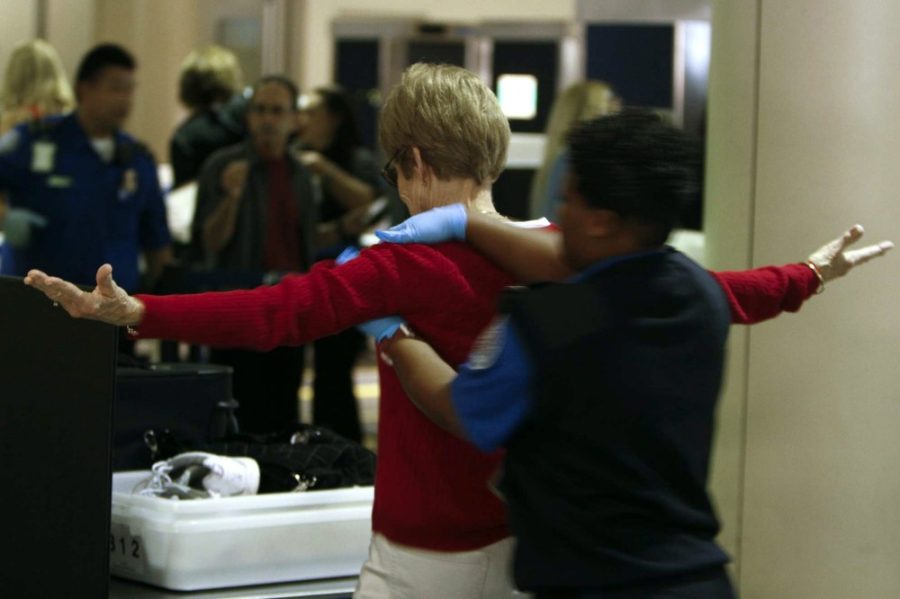CHICAGO — Just in time for holiday travel, Chicago’s O’Hare International Airport is receiving a new type of body scanner that should help speed up the lines at security checkpoints and that displays a generic outline of each passenger rather than specific body images that critics have blasted as “a virtual strip-search,” the Transportation Security Administration said Monday.
By January, there will be 29 of the new millimeter wave body-imaging devices at O’Hare, replacing all 23 of the more bulky backscatter advanced image technology X-ray machines that were deployed at the airport starting in 2010, TSA spokesman Luis Casanova said.
The new machines started arriving last month, and more than 14 will be operating by Thanksgiving, the TSA estimates. It means that a mix of the two technologies will be used until the switch-over is completed in January, officials said.
In addition to O’Hare, the backscatter scanners are being replaced with the millimeter wave technology at airports in Boston, Los Angeles, Orlando and Kennedy International Airport in New York, the TSA said.
Passengers will still have to remove their shoes, belts, jewelry and all objects from pockets before screening, and raise their arms over their head during the body scan, unless they opt to be patted down by a TSA security officer instead, officials said.
But TSA officials say the change to newer technology at O’Hare and other large airports should help ease concerns and objections over body-imaging screening, which was introduced after the so-called “underwear bomber,” Umar Farouk Abdulmutallab, attempted to blow up a U.S. airliner near Detroit on Christmas Day of 2009. Both the old and new methods screen passengers for metallic and non-metallic threats, including weapons and explosives concealed under clothing, without making physical contact, officials said.
There are several advantages to the latest generation in screening technology. The older backscatter devices raised privacy concerns because the contours and folds of each individual’s naked body are displayed in a heavily blurred fashion on a screen inside a locked booth where a TSA officer scans the image for possible hidden weapons or explosives. The image is deleted once the passenger is cleared, officials said.
The 29 new machines at O’Hare are equipped with “automated target recognition” software that detects any possible threats under a passenger’s clothing. The machines display a generic outline, which is identical for all passengers, on a monitor in the imaging portal that the passenger can also view, officials said.
“You see exactly what the officer sees,” Casanova said. “The computer-generated image is the same for everybody.”
If anything unusual is detected, the object will be highlighted by an orange square on the screen, and additional scrutiny would be required to determine what the object is, he said. If no anomalies are detected, an “OK” would appear on the screen.
The millimeter wave devices can screen a person as fast as 10 seconds, Casanova said. Some radiation experts say the devices also are safer than the backscatter machines because they rely on low-energy radio waves similar to those used in cellphones.









